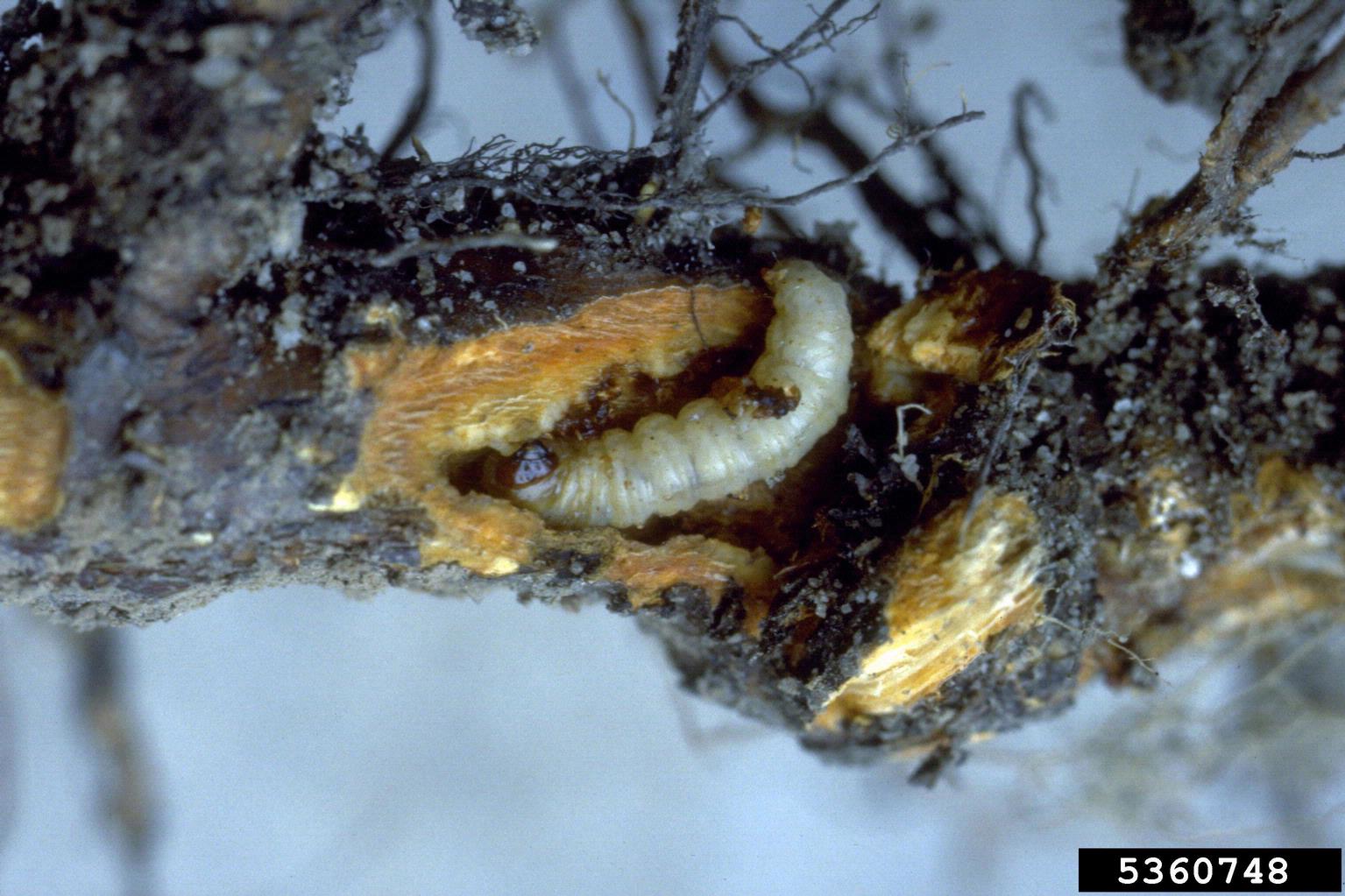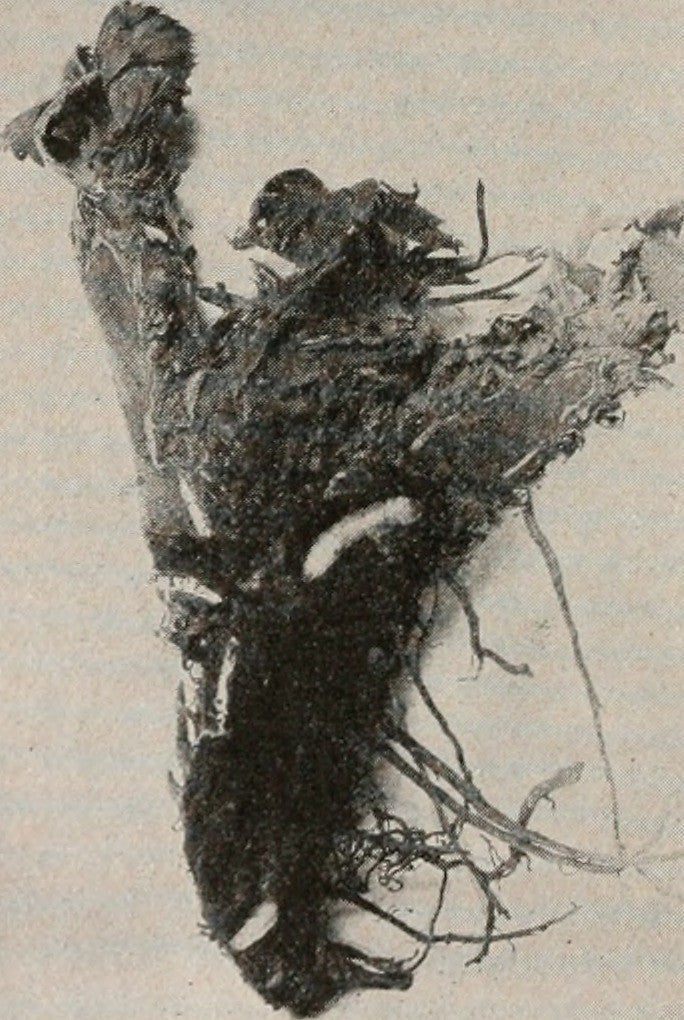Description
Selectively attracts Synanthedon bibionipennis for monitoring the pest population and reducing the number of breeding adults.
Contents
Lure Pack (PWL608): 3 pheromone lures. MSRP $18.99. Case of 10.
Trap Pack (PWT002): 3 paper delta traps with hangers. MSRP $14.99. Case of 10.
Dimensions
Lure Pack: 6 x 4 x 0.25 inch, 0.1 lb (unit), 6 x 4 x 4 inch, 0.5 lb (case)
Trap Pack: 11 x 5 x 0.25 inch, 0.2 lb (unit), 12 x 6 x 6 inch, 2.5 lb (case)
Useful Information
Strawberry Crown Moth
Wholesale orders only. Price and quantity is by the case.
For retail ordering visit our Store Finder.
Adding product to your cart
Selectively attracts Synanthedon bibionipennis for monitoring the pest population and reducing the number of breeding adults.
Contents
Lure Pack (PWL608): 3 pheromone lures. MSRP $18.99. Case of 10.
Trap Pack (PWT002): 3 paper delta traps with hangers. MSRP $14.99. Case of 10.
Dimensions
Lure Pack: 6 x 4 x 0.25 inch, 0.1 lb (unit), 6 x 4 x 4 inch, 0.5 lb (case)
Trap Pack: 11 x 5 x 0.25 inch, 0.2 lb (unit), 12 x 6 x 6 inch, 2.5 lb (case)
Useful Information

Strawberry Crown Moth
Synanthedon bibionipennis


Crops Affected: Strawberries
States Affected: CA, OR, WA, AZ, NM, NV, UT, CO, ID, WY, MT, TX
Life Cycle: This clearwing moth mimics the yellowjacket wasp. It overwinters as larvae in the crown of the plants. In the spring, larvae become active and feed for a few more weeks before pupating. Adults emerge in June and July, mate, and then lay eggs on leaves near the base of the plant or on the crown. Eggs hatch 2 weeks later. The young larvae feed on the outside of the crown, then bore into the crown to feed and overwinter. There is one generation per year.
Damage: The larvae feed on the crown and root tissue of plants, causing wilting and stunting. Infested plants easily detach from the root at the crown line. Larval damage may lead to secondary infection by pathogens, stunted growth, reddish foliage, and poor yield.


Season to Trap: June and July
How To Use: Hang trap with lure inside at shoulder height near at risk or affected crops. Replace lures every 30 days through the season, and replace traps when 70% saturated. Adult males are attracted to the pheromones in the lure and the color of the traps in this kit. Once they land on the sticky trap, they become ensnared, never to mate or lay eggs again.
Additional IPM Solutions: Sprays have been shown to be ineffective on this species and should be avoided to protect native beneficial insects. Remove damaged plants and clean up debris. Leave some rows untopped before moth flight to serve as trap plants, and then disc them under in the fall. Plow infested fields in August-October and thoroughly shred roots to kill moth larvae. In home gardens, remove old leaves to eliminate eggs and promote new growth.
Earth Friendly
Professional's Choice
Proven Effective
Fast Shipping
Photography and graphic art copyright:
Pest Wizard Brands LLC
Larva on root: Eugene E. Nelson, Bugwood.org
Adult: Adult. Alvesgaspar, Creative Commons
Adult on leaf: Eugene Zelenko, Creative Commons
Larvae on root: Uncredited, Creative Commons.















